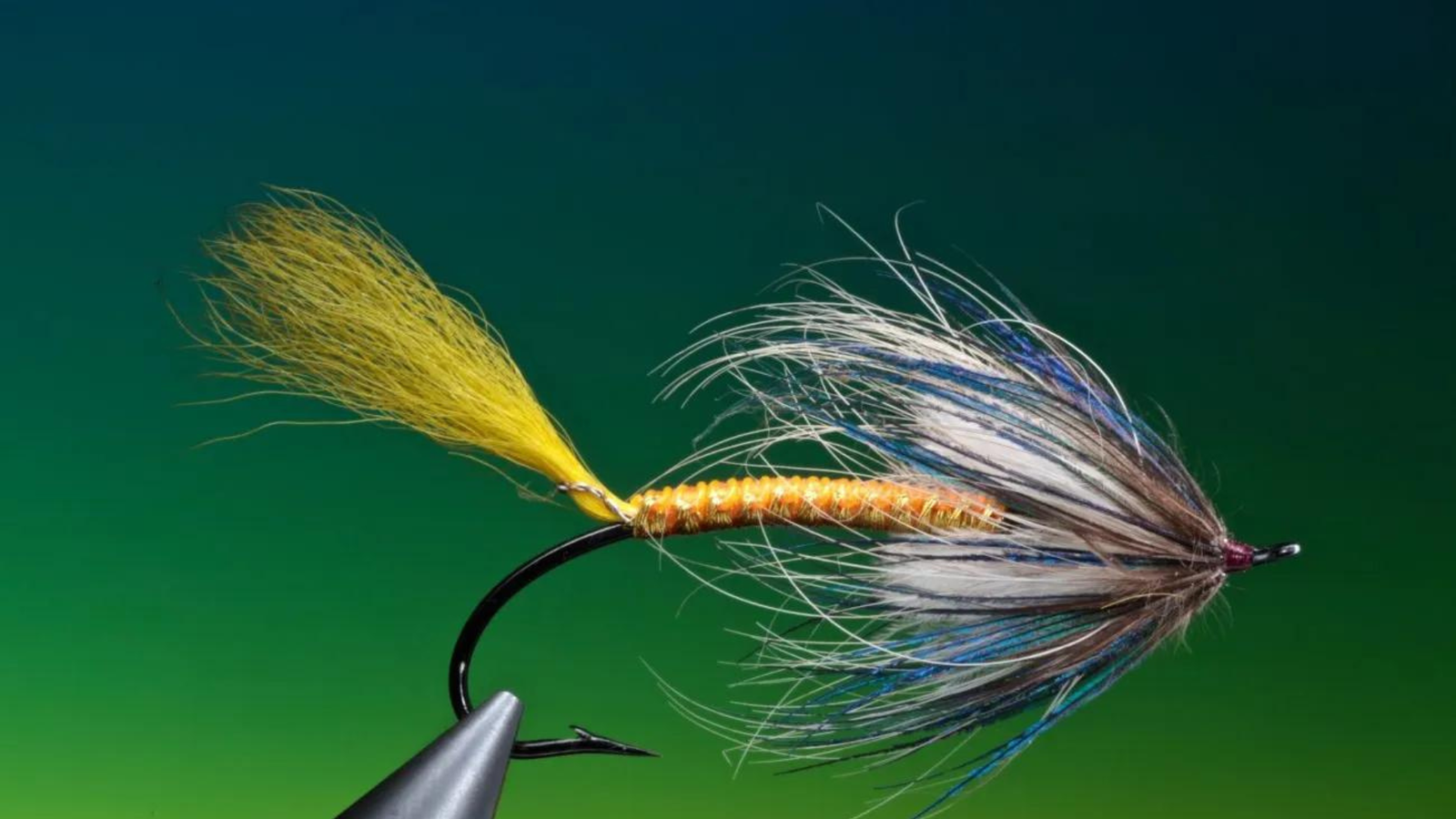Fishing for salmon from shore offers a unique and rewarding experience. With the right techniques and equipment, you can increase your chances of a successful catch. Here’s a comprehensive guide on how to fish for salmon from shore.
Understanding Shore Fishing for Salmon
Fishing for salmon from shore requires a different approach compared to boat fishing. Shore fishing involves casting from the bank of a river, lake, or coastal area. The key to success lies in understanding salmon behaviour and selecting the appropriate gear and techniques.

How to Fish for Salmon from Shore
Choosing the Right Location
Selecting the right location is crucial for shore fishing success. Look for areas where salmon are likely to pass, such as river mouths, tidal zones, and along migration routes. Research local fishing reports and talk to experienced anglers to identify the best spots. Pay attention to factors like water depth, current, and structure, as these influence salmon activity.
Timing Your Fishing
Timing plays a significant role in shore fishing for salmon. Early morning and late evening are typically the best times, as salmon are more active and feeding closer to the shore. Additionally, consider the season and migration patterns of the salmon species you’re targeting. Understanding these factors helps you plan your fishing trips more effectively.
Selecting the Right Gear
Using the appropriate gear is essential for shore fishing success. A medium to heavy action rod paired with a spinning or baitcasting reel is ideal. This setup provides the strength and sensitivity needed to handle large salmon and cast long distances. Ensure your reel has a smooth drag system and is loaded with a high-quality line suitable for salmon fishing.
Choosing Effective Baits and Lures
Using the right baits and lures can significantly increase your chances of catching salmon from shore. Natural baits like salmon eggs, shrimp, and herring are effective choices. When using artificial lures, opt for ones that mimic the natural prey of salmon, such as spoons, spinners, and crankbaits. Experiment with different colors and sizes to find what works best in your fishing location.
Casting Techniques
Mastering your casting technique is crucial for shore fishing. Practice casting to achieve accuracy and distance. Aim for areas where salmon are likely to be holding, such as deeper pools, eddies, or near structures like rocks and logs. A well-placed cast increases the chances of your lure or bait being noticed by salmon.
Retrieving Techniques
The retrieval technique is important to entice salmon to strike. Experiment with different retrieval speeds and patterns to find what works best. A steady retrieve with occasional pauses can mimic the movement of injured prey, triggering a predatory response from salmon. Varying the speed and adding twitches or jerks to your retrieve can also make your lure more appealing.
Reading the Water
Understanding the water and its characteristics helps in locating salmon. Look for areas with structure such as rocks, submerged logs, or weed beds, as these provide cover for salmon. Pay attention to changes in water depth, current breaks, and eddies, as salmon often hold in these areas. Observing the water’s movement and identifying these key locations increases your chances of presenting your lure in front of a salmon.
Adjusting Your Tactics
Flexibility is key when fishing for salmon from shore. If one bait or lure isn’t working, switch to another. Experiment with different colours, sizes, and retrieval methods until you find the most effective combination. Sometimes, subtle changes in your approach can make a significant difference in attracting and hooking salmon.
Handling and Landing Salmon
Once you hook a salmon, handling and landing it requires skill and patience. Use your rod’s action and the reel’s drag system to tire the fish out, avoiding abrupt pulls that could cause the line to break. Maintain steady pressure and be prepared for sudden runs. When the salmon is close enough, use a landing net to secure it. Handle the fish carefully, especially if you plan to release it, to minimize stress and injury.
Maintaining Your Equipment
Regular maintenance of your gear ensures optimal performance. Clean your reel and rod after each use, especially if you’ve been fishing in saltwater. Check for any signs of wear or damage and replace components as needed. Proper maintenance extends the lifespan of your equipment and enhances your fishing experience.
Conclusion
Fishing for salmon from shore requires a combination of the right location, timing, gear, and techniques. By understanding salmon behaviour, selecting effective baits and lures, and mastering your casting and retrieval techniques, you can increase your chances of success. Remember to be flexible and adjust your tactics based on the conditions and the salmon’s behaviour. With practice and patience, you’ll enjoy the rewarding experience of catching salmon from shore and creating lasting fishing memories.



